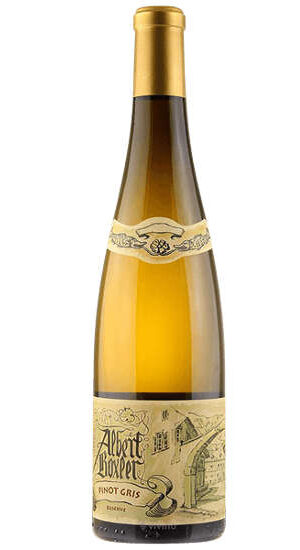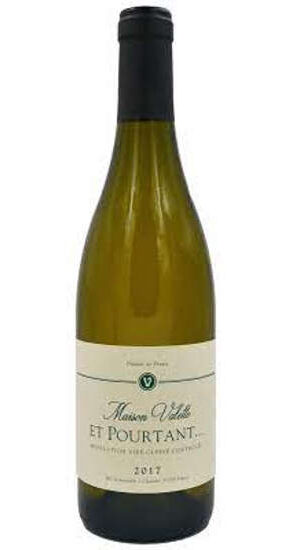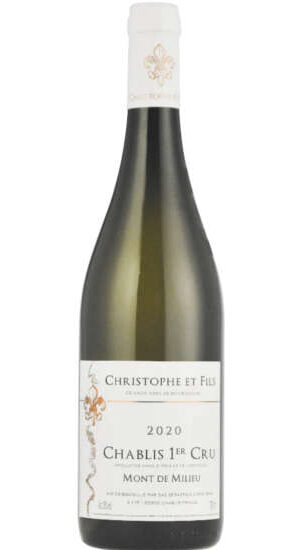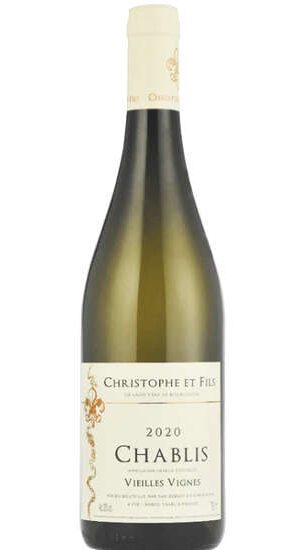2021 Olivier Riviere Rioja Blanco ‘La Bastid’
3 in stock
$74.00
Description
The white 2020 La Bastid was produced with 70% Viura and 30% Garnacha Blanca from Cárdenas, one-third fermented in concrete, one-third in foudre and one-third in 600-liter barrels, where the wines matured for one year with lees but without bâtonnage. It has 13.5% alcohol and is young, fresh, aromatic, fruit driven with floral notes and a light and fresh palate. There was a change in 2018, when he started with concrete (in the past it was 100% in oak), and the wine is fresher and younger. It doesn’t have a lot of acidity; it’s serious and austere with a twist in the finish. It was bottled in September 2021.
92/100 Luis Gutiérrez, Wine Advocate July 2022
REVIEW FOR CONTEXT, THIS RELEASE IS NOT REVIEWED YET
Coming from France, Olivier has an innate sense of terroir. Unlike most of his peers in Rioja, he bases his cuvées not on political boundaries or the length of barrel aging but on terroir. He believes in a quality hierarchy inspired by Burgundy with generic appellation and Village wines at the base and Premier and Grand Cru wines at the top.
This is how to best understand what Olivier is doing in Rioja, rather than the moribund Crianza, Reserva, Gran Reserva model. As Olivier has steadily and carefully grown his production he’s been hampered by the high prices for land and grapes in Rioja.
He first ventured into Navarra where he made a few vintages from high-altitude Garnacha before settling in Arlanza, a relatively new DO located between Rioja and Ribera del Duero. In Arlanza he found high-elevation vineyards of Tempranillo (some quite ancient) intermixed with a scattering of Garnacha and Albillo. This mountain fruit is potentially sterner stuff than what Olivier is used to in Rioja but in his hands it is remarkably vibrant and floral.
WINEMAKING
In keeping with his education and advocation, all of Olivier’s vineyard sources – whether owned or leased – are farmed biodynamically. The fruit is harvested by hand and each variety is fermented separately. Depending on the source it may be partially destemmed or fermented whole cluster.
Fermentations are indigenous. Macerations are gentle and short. Aging takes place in stainless steel or cement tanks, foudre, and barrel. SO2 is kept to a minimum, usually added only before bottling. There really is no precise recipe, only the guiding principles of minimal-intervention and taste.

















